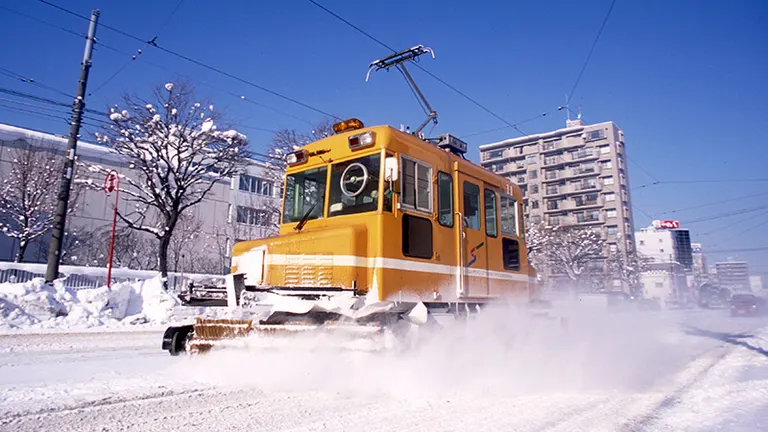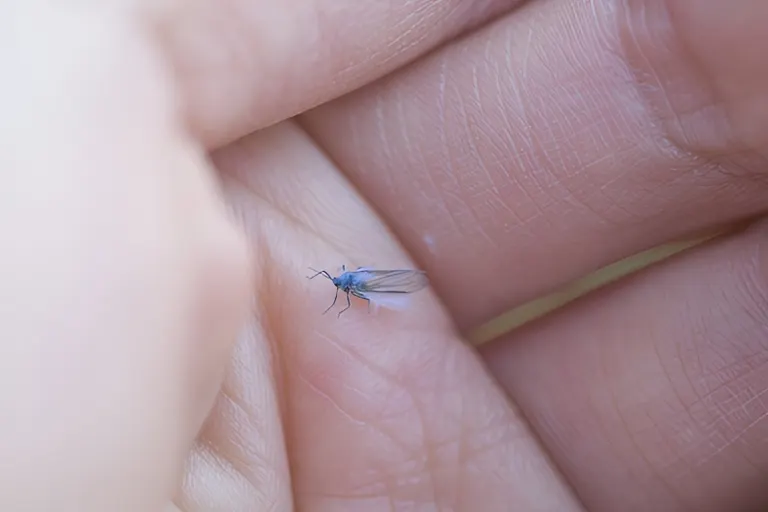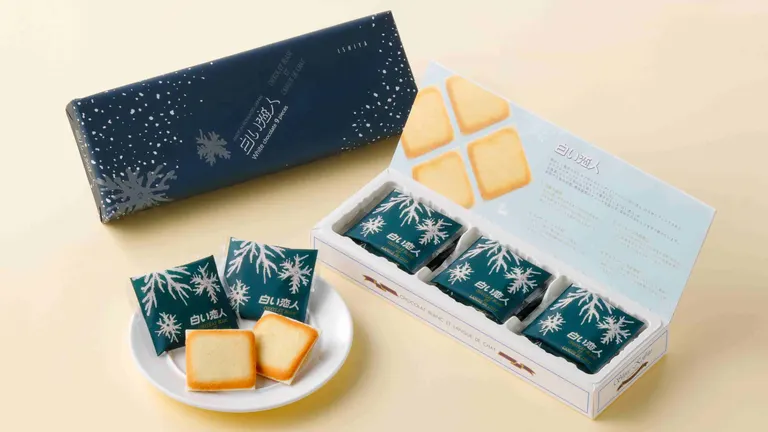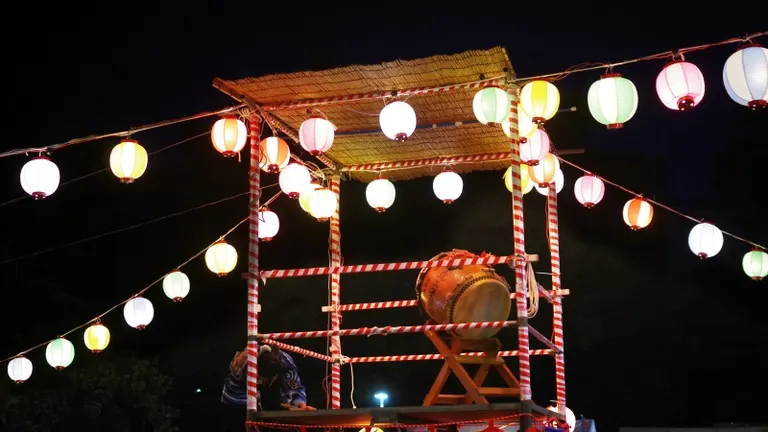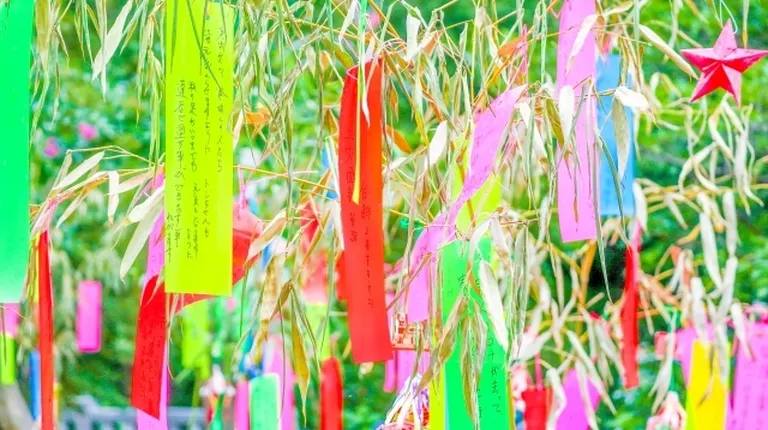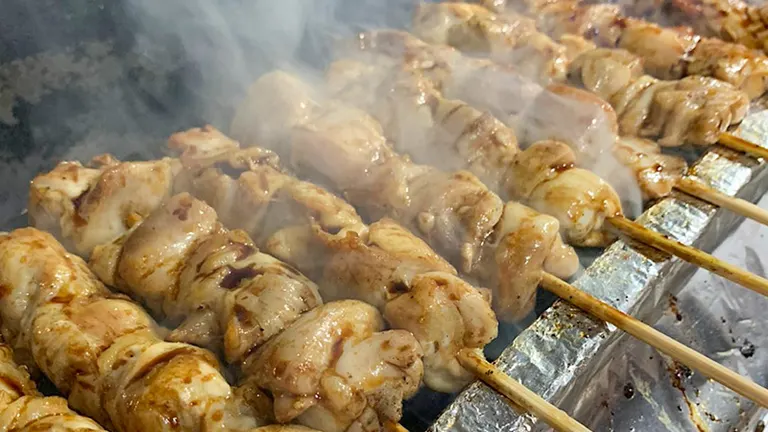
ARTICLES
Yakitori but Pork? The appeal and differences between Muroran yakitori and Bibai yakitori are thoroughly explained!
What is "Bibai Yakitori"?
Next up is Bibai Yakitori, another Hokkaido yakitori staple. The Sorachi region, where Bibai City is located, was once Japan's largest coal-producing region, and Bibai Yakitori was a much-loved source of energy for coal miners who risked their lives digging for coal at the mine sites.
The most distinctive feature of Bibai Yakitori is the material used for skewering. This one is made with chicken. The whole chicken is used, without any leftovers. In addition to the thigh and chicken skin, the skewer also contains kumquat, gizzard, liver, hatsu (heart), and other parts of the chicken.
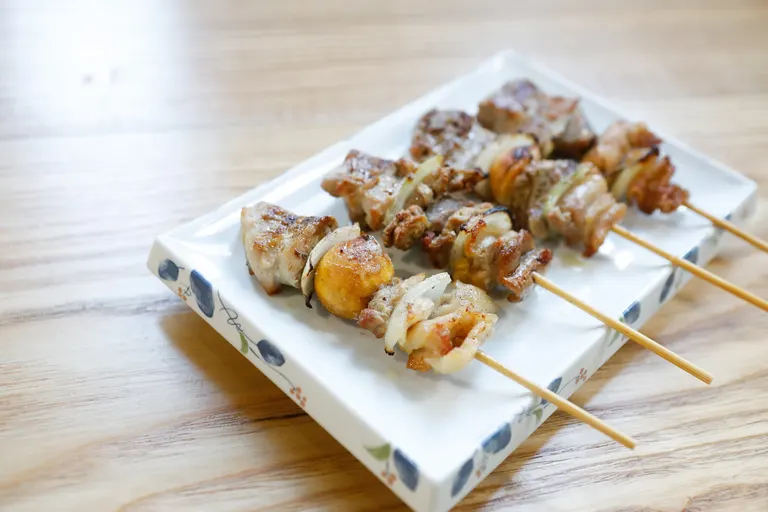
Image source: "Our Local Cuisine," Ministry of Agriculture, Forestry and Fisheries
<p?There is also an order of ingredients, and they stab the chicken skin, onions, mots, and thighs in this order from the bottom. If you are going to process a chicken, use all of it without wasting its life. The coal miners in Bibi used to eat dozens of these by themselves with gusto.... That sounds powerful!The originator of this style is said to be a restaurant called "Mifune," and since its birth in the Showa period (1926-1989), it has spread to many other restaurants in the city. The end of the meal is a bowl of warm soba noodles and a piece of Bibai yakitori (grilled chicken), which is the way most people like it. By the way, Mifune is still in business today, so why don't you go there and have a bite while imagining what it was like back then?
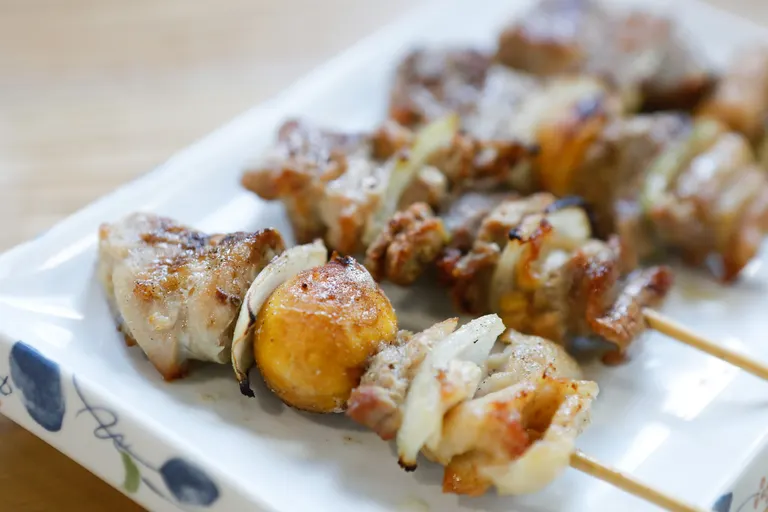
Image source: "Our Local Cuisine," Ministry of Agriculture, Forestry and Fisheries
Industry used to be supported by "Yakitori"!
How was it? It is interesting to note that the soul food of Muroran City and Bibai City, which were related through coal, was the same "Yakitori" even though the contents were different. Both yakitori were a source of strength for the people of those days, and as an extension of that strength, we may be able to experience a different kind of deliciousness when we think of our lives today. We hope you will try this delicious dish there!
Writer Profile
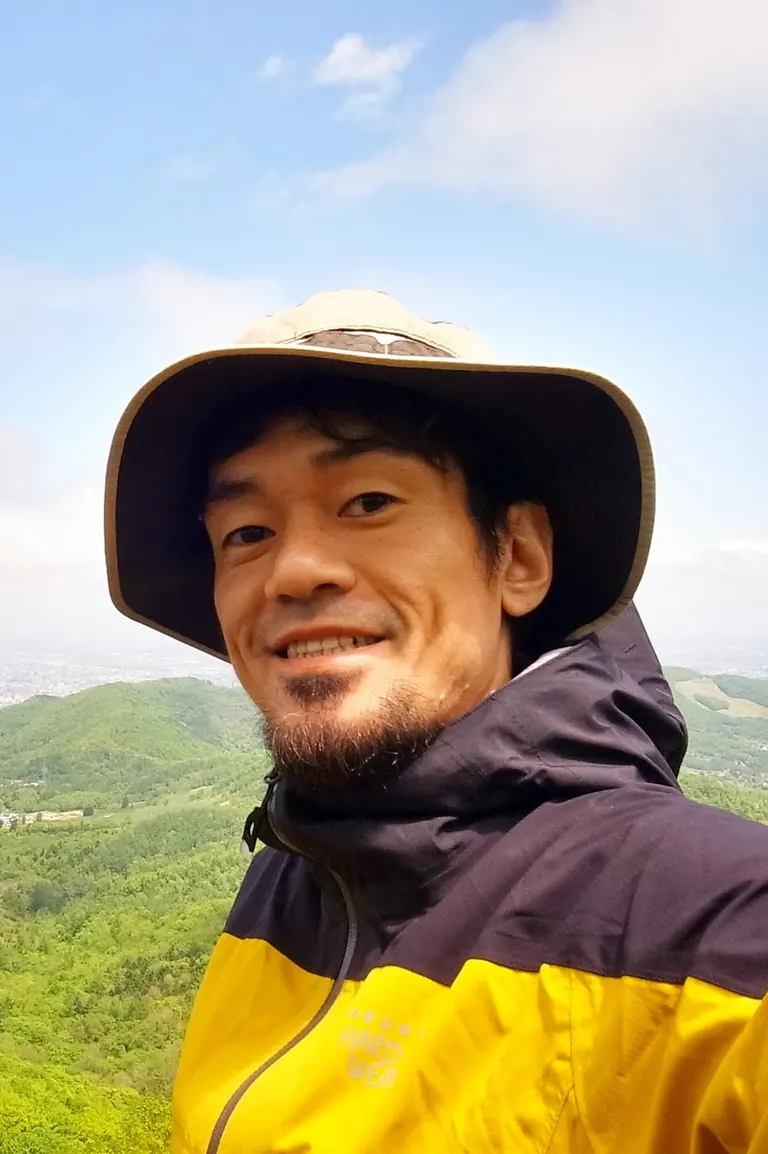 Daisuke Sato, Editorial Writer
Daisuke Sato, Editorial Writer
After working for a travel company, a round-the-world trip, and a travel magazine, he made a U-turn to his hometown Muroran. As Muroran City's first regional development cooperative team, he was involved in the promotion of the city's tourism and the management of outdoor events. Currently, under the trade name of BROCKEN, he works with creators in various regions and undertakes a wide range of projects including magazine and web planning and editing, logo design, and video production.
- 1
- 2






